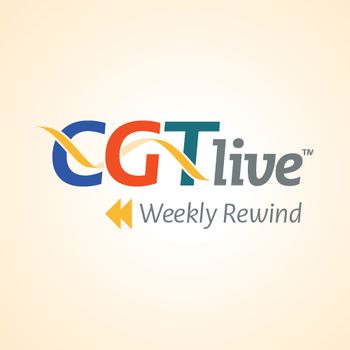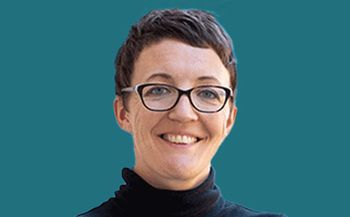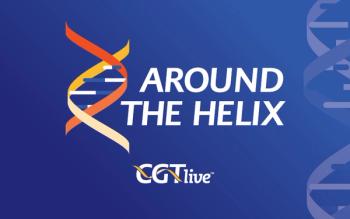
Jeffrey Chamberlain, PhD, on Considerations for Exon Skipping and Gene Therapy in DMD
The McCaw Endowed Chair of Muscular Dystrophy at University of Washington, discussed benefits and eligibility for newer DMD treatment options for older patients.
Patients with Duchenne muscular dystrophy (DMD) currently have several advanced therapeutic options for treatment, including several exon skipping therapies and Sarepta Therapeutics' delandistrogene moxeparvovec-rokl (Elevidys), an adeno-associated virus (AAV) vector-based gene therapy. Although, these therapies have notable limitations on eligibility, especially with regard to patients' specific mutations. In addition, eligiblity for Elevidys was only recently expanded to include older children and teenagers.
In an interview with CGTLive®'s sister site,
CGTLive: Can you discuss the potential benefits of genomic medicines for an older patient with DMD?
Jeffrey Chamberlain, PhD: Well, whether this individual can benefit from some of the newer genetic therapies, I'm not really sure. Part of it depends on a couple of aspects of the disorder that would need to be worked up. The first thing is I think it's always important to have an accurate genetic diagnosis. What is the mutation that this individual has? The mutation can determine which therapies one is eligible for. There's only a couple of exon skipping drugs that have been approved. There are several more that are in clinical trials. Depending on what type of mutation one has, whether they're eligible for an exon 51 type drug or an exon 45 drug, etc, obviously depends on what mutation they have.
The other aspect is to consider gene therapy at this point. A year ago, not many kids 16 years of age and older were being enrolled in gene therapy trials. We're seeing this is increasingly common, particularly with Sarepta's Elevidys having now been approved for kids 4 years of age and older. They're able to enroll kids that are much older, and they have now enrolled a number of boys that have already lost ambulation. How well those trials are going? I don't know, it's still early on. I don't think a lot of the older boys have been treated for very long so we may have to wait a while to see what the long term impact of the gene therapy is on these older kids, but it's certainly an option and more and more boys are being treated with gene therapies at advanced ages. But again, some of the other considerations one would have to take into account is that you want to make sure you don't have a deletion that has been associated with some of these immunological adverse events. In particular, the region that's most worrisome in terms of these immunological events is in the exon 8 to 9 region of dystrophin. That's the part of the gene that encodes the portion of the protein that has caused some immune response issues. There's multiple companies that are doing gene therapy trials at the moment. Sarepta is the only one with approval, [but] there are multiple other companies that are testing other experimental gene therapies. They're all avoiding the same region. Different companies have different exclusion criteria. For a while, some of the companies were excluding any patient that had a deletion of exons 1 through 19. That region is shrinking. Some of the companies are only excluding boys that have deletions of exons 8 to 9.
One of the other things that is still too early to comment on, though, is whether there could be other parts of the dystrophin protein that could elicit an immune response. There's not much information on that, but it's something that I think everybody is keeping a close eye on because if there are other regions that come up, we may have to start excluding a few more mutations from future trials.
But again, if this individual doesn't have a mutation involving the exon 8 to 9 region and if they haven't been preexposed to an AAV virus—in other words, they're not immune to the virus already, which is measured by measuring your serum antibody levels that are reactive against these AAV vectors—so you could argue, if one is essentially seronegative or has very low antibody levels against AAV and they don't have a mutation in the 8 to 9 region of the gene, then they could be considered to be enrolled in a gene therapy trial.
Those are really the major options right there—either gene therapy or the exon skipping, even for an individual that's 16 years of age now because the enrollment criteria has expanded so much over the last year.
This transcript has been edited for clarity.
Newsletter
Stay at the forefront of cutting-edge science with CGT—your direct line to expert insights, breakthrough data, and real-time coverage of the latest advancements in cell and gene therapy.











































